How to choose the right size of artwork
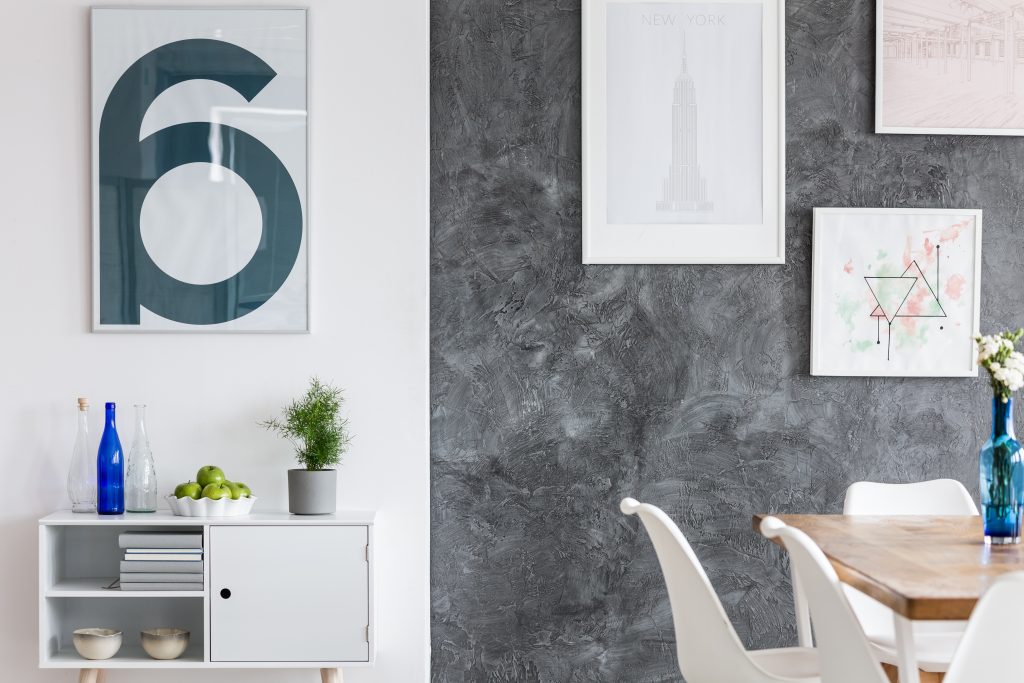 When you frame artwork, you want to make sure the art is the right size for your space. You don’t want your artwork to overwhelm the room, but you also don’t want it to be so tiny it gets lost. Follow our guide to choose the best sizing for your room.
When you frame artwork, you want to make sure the art is the right size for your space. You don’t want your artwork to overwhelm the room, but you also don’t want it to be so tiny it gets lost. Follow our guide to choose the best sizing for your room.
What size is the right size? First consider…
- In which room will it be hanging?
- Is this a focal piece? Do you want guests to notice it as they enter the room?
- Is it above a sofa or dining table?
- What other items are in that area?
- Will there be lighting, plants, etc., overlapping the art?
- Which size is more important for your art – height or width?
- Are you planning on one piece or a collection?
Measure & Calculate
Calculating the ideal size for framed art can be tricky. Use our worksheet to get the exact sizes picture-perfect!
Plan your framed art to cover a little over half, but not more than 75% of your available wall space. Remember that framing adds size to your artwork!
Step #1 – Measure the open area or blank wall space.
Step #2 – Calculate the width & height needed for art. This is the ideal sizing for your framed art.
If you are using the worksheet and your art will be hung unframed, subtract approximately 4”- 6” from each side of your dimension.
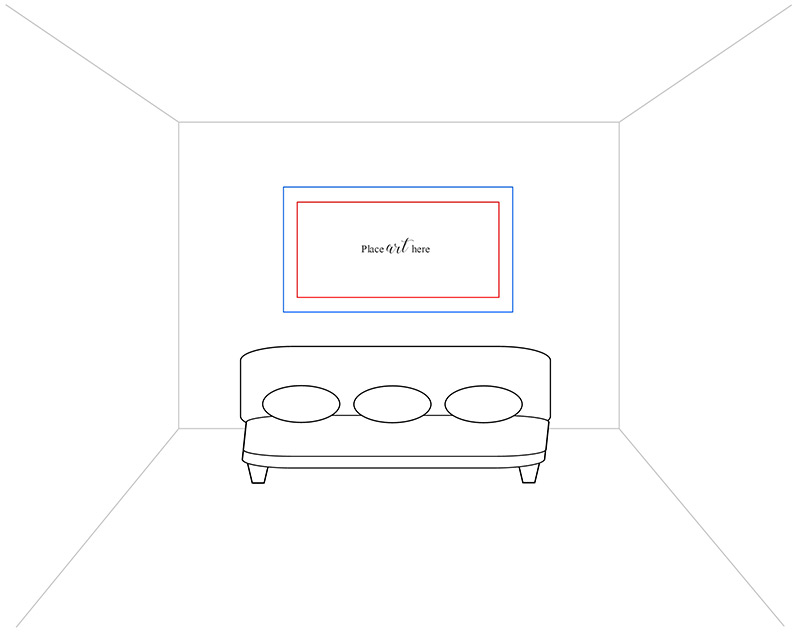
In the Living Room
Just because you have the space doesn’t mean you have to use all of it. Your framed art should not exceed 75% of the furniture size.
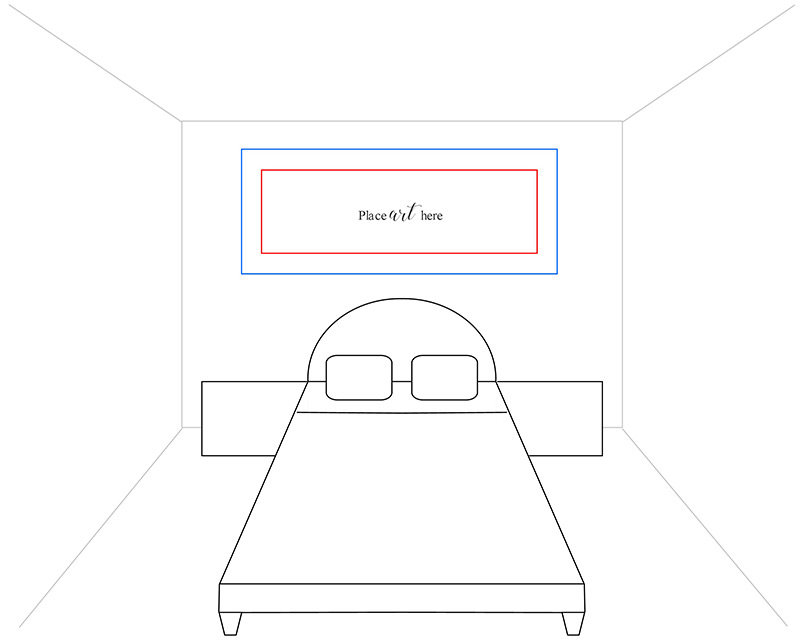
In the Bedroom
Your framed art can exceed your furniture (bed) size because there is usually a night stand or dresser on either side of the bed, extending the space.
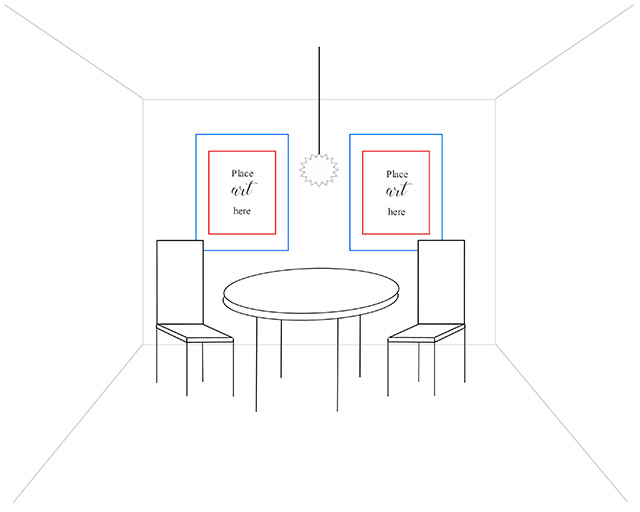
In the Dining Room
Because you’ll be sitting down, hang pictures a little lower than you would normally. That way you will still be at eye-level with your artwork.
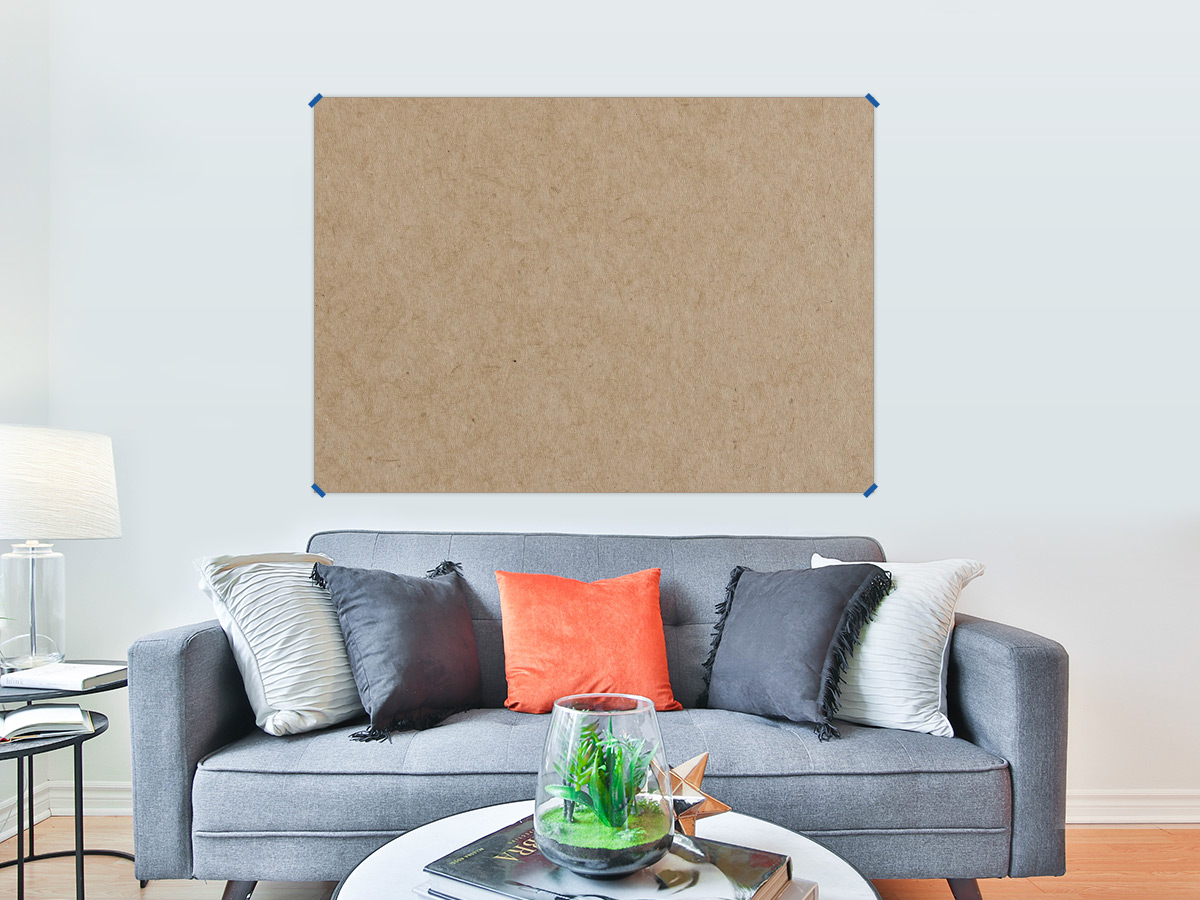
Need a Different View?
Make a paper cut out of the biggest size in the range and hang this placeholder on your wall for a couple days. You can always cut it down to view a smaller size. What do you think?
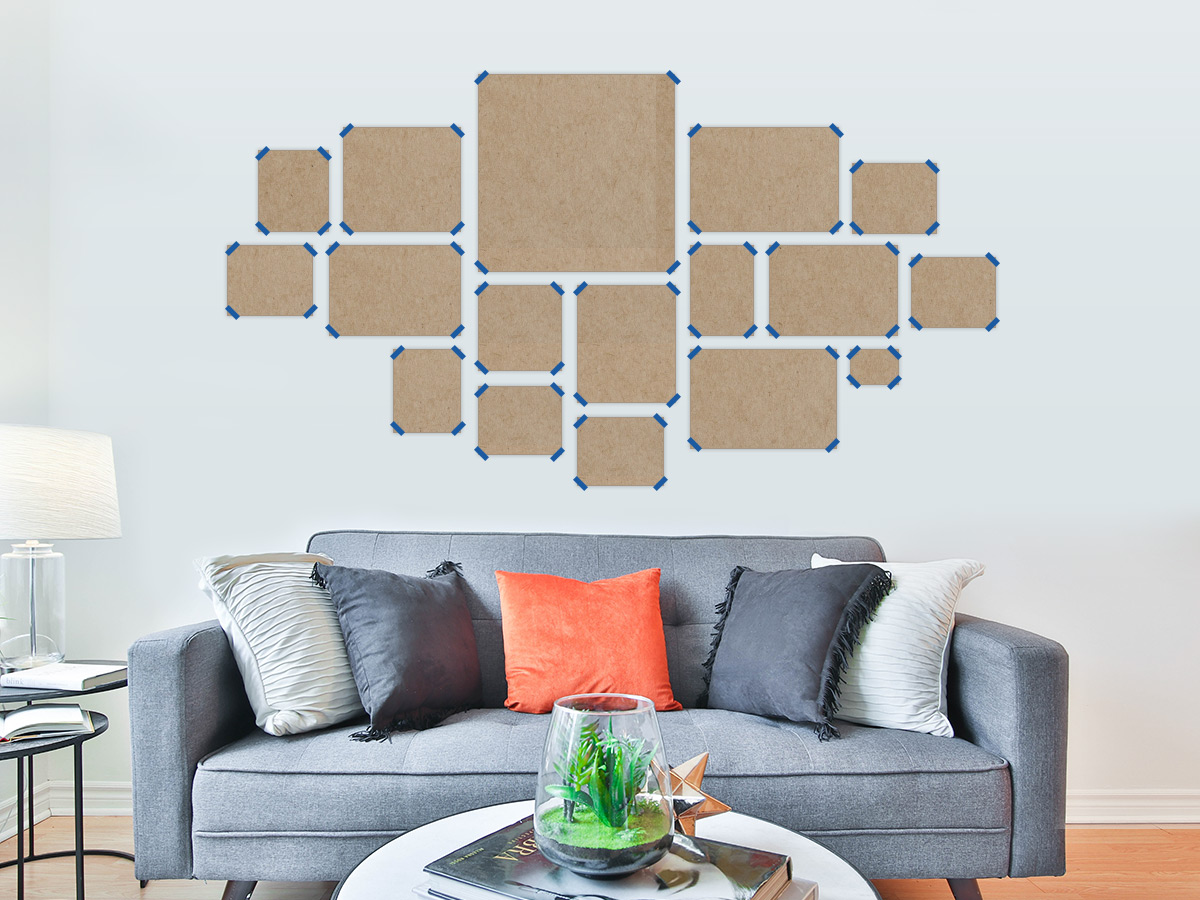
Planning a Collection?
Allow 2 to 6 inches in between each piece. The larger the art, the more space you can allow between each piece. If the room already has many items, consider adding one larger piece so the space doesn’t look too busy.
What about height off the floor?
A basic rule of thumb is that the center of the art should be 60” (give or take a couple of inches) from the floor. But there are some things to consider:
- If the art is hanging above a sofa or headboard, allow 6 to 12 inches between the top of the furniture to the bottom of the art.
- If the art is hanging above a mantle or foyer table, there doesn’t need to be any clearance; it can be a much more subjective choice. You can also experiment with leaning your artwork on the mantle.
- If the art is hanging in a dining room, it can hang lower since people are sitting.
- Also consider the height of your ceilings: If you have lower ceilings, you may want to lower the center of your art so that it isn’t too close to the ceiling. If you have really tall ceilings, you can experiment with the space more.
You’re all set!
You can confidently go to a gallery or come to our store knowing what size range of art would be best. Even if you are only thinking about one specific wall area, take different wall sizes with you; if you fall in love with a piece of art, you won’t want to limit yourself if it doesn’t fit in that one specific area. And remember, if it’s unframed add some space to each side to account for framing.
